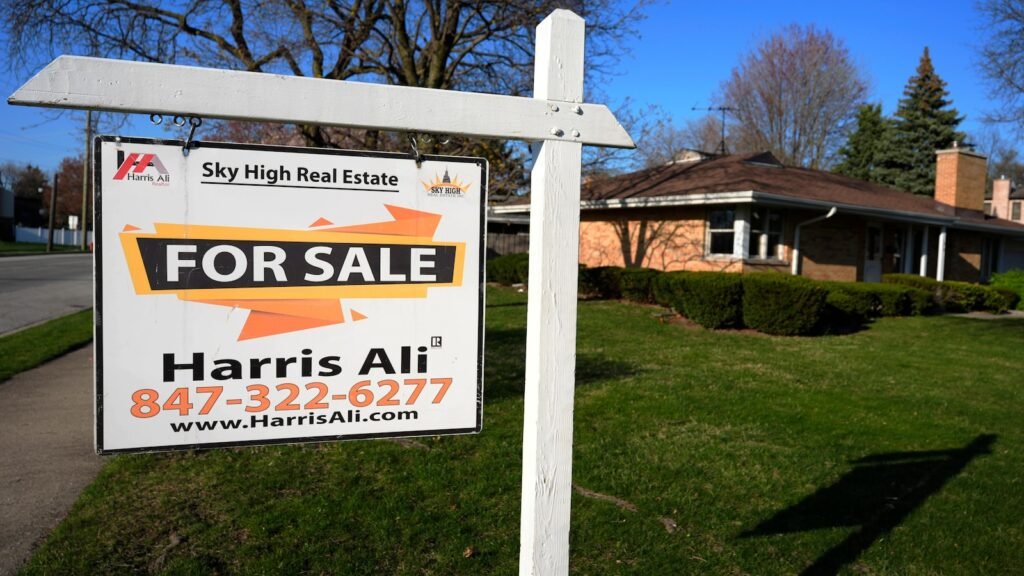The average interest rate on a 30-year mortgage in the United States rose to 6.32% this week, increasing pressure on homebuyers facing soaring prices and a lack of supply of homes for sale.
Mortgage buyer Freddie Mac said Thursday that interest rates were up from 6.12% last week. A year ago, the average interest rate was 7.57%.
Two weeks ago, average interest rates fell to a two-year low of 6.08%, boosting purchasing power for homebuyers navigating a housing market where prices are near record highs.
Mortgage interest rates are influenced by several factors, including the bond market’s reaction to the Federal Reserve’s interest rate policy decisions. That could shift the trajectory of the 10-year U.S. Treasury yield, which financial institutions use as a guide to pricing mortgages. The yield on the 10-year Treasury note was 4.10% on Thursday, up from 3.62% in mid-September, just days before the Federal Reserve cut its benchmark lending rate by half a percentage point.
“It’s important to remember that the rise in interest rates is primarily due to a change in expectations and not due to economic fundamentals, which have been strong through most of this year,” said Sam Cater, chief economist at Freddie Mac. “Rising interest rates will make home affordability more difficult, but demonstrate the strength of the economy to continue supporting the housing market recovery.”
The average interest rate on a 30-year mortgage remains well below its 2024 peak of 7.22% in May. Until the past two weeks, interest rates had been mostly lower since July in anticipation of last month’s move by the Federal Reserve to lower its key interest rate for the first time in more than four years.
Fed officials also signaled they expect further rate cuts this year and in 2025 and 2026. Lower interest rates should lead to lower mortgage borrowing costs over time.
The average interest rate on a 30-year mortgage was less than 3% in September 2021, but rose to 7.8% last October, a 23-year high. That coincided with the Fed raising its benchmark interest rate to combat inflation that took hold during the coronavirus pandemic.
When mortgage rates rise, costs for borrowers can increase by hundreds of dollars a month. Many prospective home buyers have lost interest due to rising mortgage interest rates, and the housing market has fallen into a slump from 2022 onwards. Sales of previously occupied homes in the US fell in August even as mortgage rates began to ease.
Economists generally expect mortgage rates to remain around current levels for at least this year. Fannie Mae expects 30-year mortgage rates to average 6.2% in the October-December period and fall to an average of 5.7% in the same quarter next year.
Borrowing costs for 15-year fixed-rate mortgages, popular with homeowners looking to refinance their mortgages to lower rates, rose again this week. The average interest rate rose to 5.41% from 5.25% the previous week. A year ago, the average was 6.89%, Freddie Mac said.

